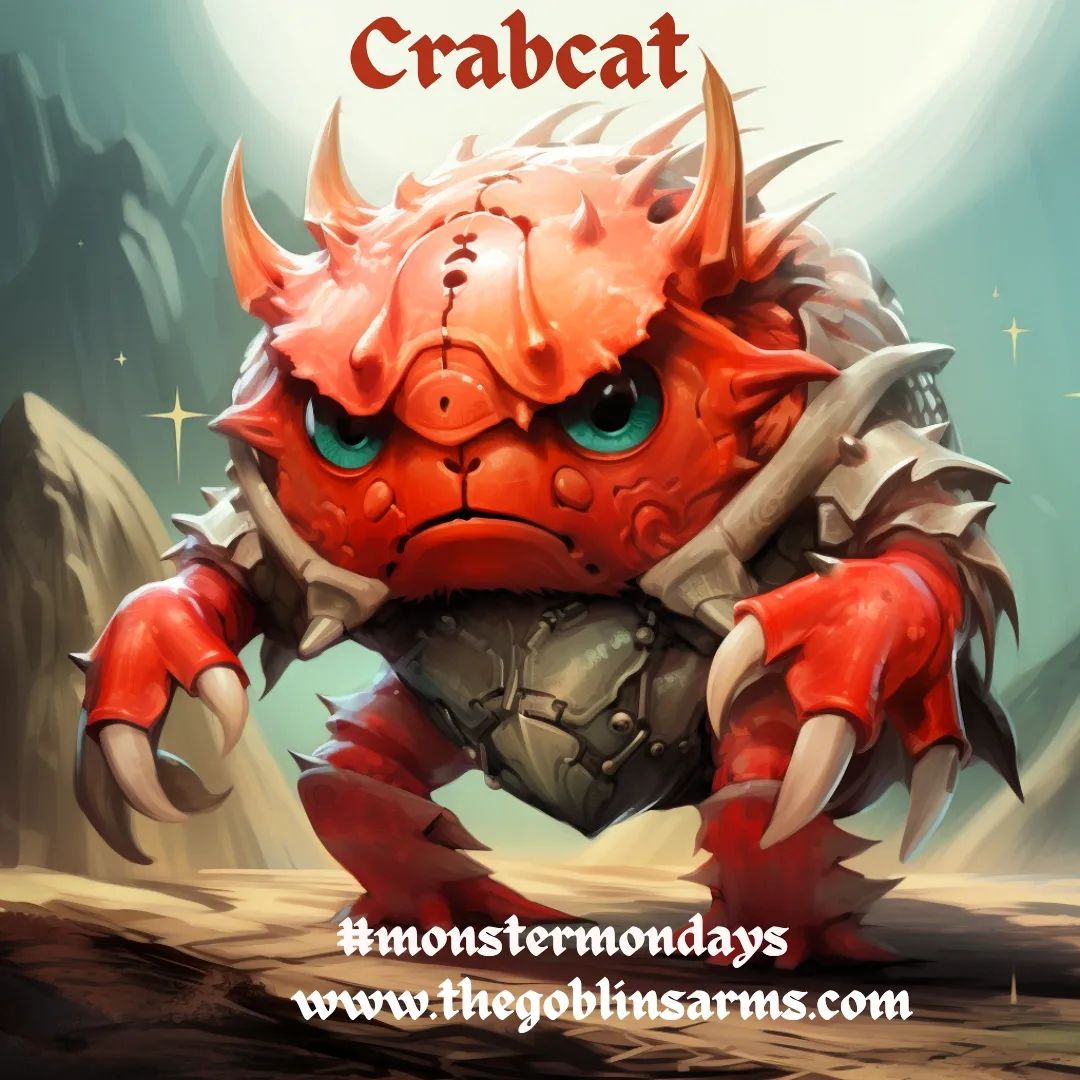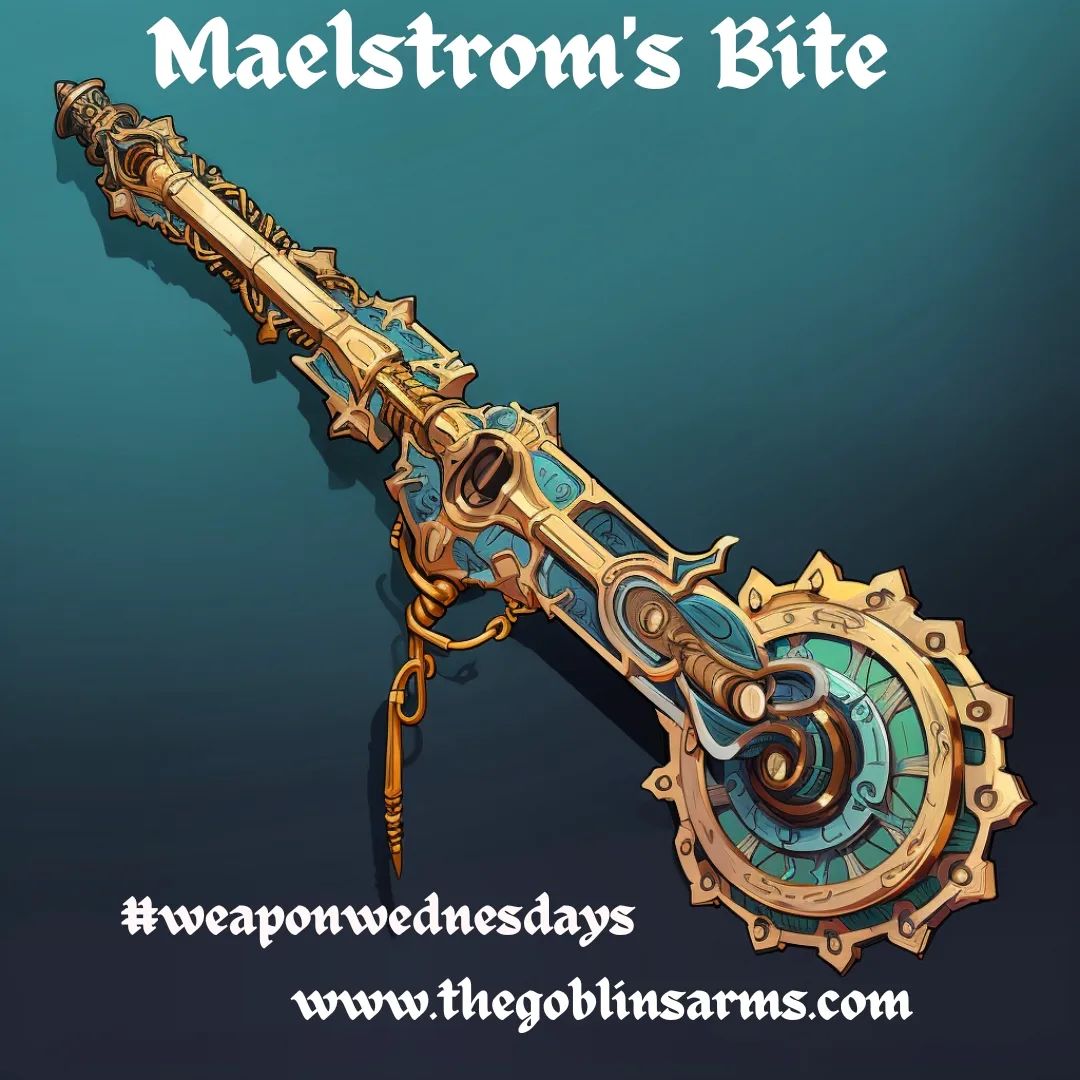Ahoy there, fellow adventurers! Tis I, your humble narrator, here to regale ye with tales of the high seas in the world of fantasy. Ye see, in a world of dragons and magic, the ocean is not just a vast expanse of water, but a realm of adventure and danger.
For those brave souls who dare to set sail, the sea holds untold riches and treasures just waiting to be plundered. But beware, for there be monsters aplenty lurking beneath the waves, and treacherous storms that can sink even the sturdiest of ships.
And let us not forget the perils of piracy, where cutthroat scallywags and sea-dogs roam the seas in search of easy prey. Ye must be ready to defend yerself and yer ship at all times, or risk losing everything to the cruel jaws of the briny deep.
But fear not, me hearties, for with the right crew and a stout ship, the sea can be conquered and its secrets revealed. So gather yer crew and set sail, for there be adventure and glory to be found on the rolling waves.
First things first, let’s talk about ships. In a fantasy world, ships come in all shapes and sizes, from small fishing boats to massive galleons. The ship you choose will depend on the type of voyage you plan to undertake. A small boat might be perfect for a coastal journey, while a larger ship will be needed for a long-distance voyage across the open ocean.
Here be some classic ship in D&D
- Galleon: A large ship with three or more masts, often used for long-distance voyages and as a cargo or troop transport. They typically had a broad beam and high forecastle and aftcastle, which made them suitable for battle.
- Costs: Expensive, likely around 30,000 of gold pieces.
- Carrying capacity: Large, able to transport a substantial amount of cargo and troops.
- Speed: Moderate, likely around 5-8 knots. (25ft)
- Sloop: A small, single-masted sailing vessel, often used for coastal trade and fishing. They were relatively fast and maneuverable, and could be easily handled by a small crew.
- Costs: relatively cheap, possibly 15,000 gold pieces.
- Carrying capacity: Small, able to transport a limited amount of cargo and crew.
- Speed: Fast, likely around 8-12 knots. (30ft)
- Frigate: A ship of war, typically smaller than a ship of the line, with a single gun deck, and a crew complement of around 300 sailors. They were used for escorting merchant ships and for independent raiding.
- Costs: Expensive, likely 50,000 of gold pieces
- Carrying capacity: Moderately Large, able to transport a decent amount of cargo and troops
- Speed: moderate, likely around 6-10 knots (35ft)
- Schooner: A two or more masted ship, with the aft mast the tallest. They were known for their speed and ability to sail close to the wind, which made them popular for coastal trading and piracy.
- Costs: relatively cheap, possibly 12,000 gold pieces
- Carrying capacity: Small, able to transport a limited amount of cargo and crew.
- Speed: Fast, likely around 8-12 knots (40ft)
- Carrack: A three- or four-masted ship, characterized by a high, rounded stern and forecastle. They were often used for long-distance voyages and as a cargo transport.
- Costs: Expensive, likely 9,000 of gold pieces
- Carrying capacity: Large, able to transport a substantial amount of cargo and troops
- Speed: Moderate, likely around 5-8 knots (25ft)
- Barque: A ship with three or more masts, typically square-rigged on the fore and main masts, with the aft mast rigged as a barque. They were used for coastal trading and long-distance voyages.
- Costs: moderately expensive, likely 20,000 of gold pieces
- Carrying capacity: Moderately large, able to transport a decent amount of cargo and troops
- Speed: moderate, likely around 6-10 knots (35ft)
No matter what type of ship you choose, it’s important to remember that it’s not just a means of transportation, it’s also a home away from home. You’ll need to make sure it’s well-stocked with food, water, and other supplies, and that your crew is well-trained and equipped to handle any situation that might arise.
Here is a list of supplies that may be useful on a long voyage, along with an estimated cost in gold pieces:
- Food and water: Essential for survival on a long voyage, food and water can be purchased at a cost of 1-5 gold pieces per day per person.
- Rope and rigging: Used to secure the ship and its sails, rope and rigging can be purchased at a cost of 5-20 gold pieces per 100 feet.
- Navigation equipment: A compass and a map can aid in navigation, and can be purchased at a cost of 50-100 gold pieces.
- Ship repairs: Materials such as tar, nails, and timber can be used to repair damage to the ship, and can be purchased at a cost of 50-100 gold pieces per day.
- Medical supplies: Healing potions, antidotes and other medical supplies could be necessary for the crew, and can be purchased at a cost of 50-100 gold pieces.
- Weapon and armor: To defend the ship and crew from the sea monsters and pirate attacks, weapons and armor can be purchased at a cost of 50-500 gold pieces per person.
- Entertainment: To keep the crew’s morale high, items such as musical instruments or books can be purchased at a cost of 10-50 gold pieces each.
- Bribing officials: If necessary, gold can be used to bribe officials at ports or other locations, and costs can vary widely depending on the situation.
Now, let’s talk about the crew. A ship is only as good as the crew that sails it, and that’s never more true than on the high seas. You’ll want to make sure you have a mix of different classes and races on board, as each brings its own unique skills and abilities to the table. A wizard, for example, can help navigate through treacherous waters, while a rogue can help you navigate the politics of different ports.
Here are some of the crew members you’ll need, along with the skills that would best help them:
- Captain: The leader of the crew, the captain is responsible for making decisions and ensuring the safety of the ship and its crew. Skills such as Perception, Survival, Intimidation and Persuasion would be useful for a captain.
- Navigator: This crew member is responsible for charting the course and navigating the ship. Skills such as Perception, Survival, and Navigation would be useful for a navigator.
- First Mate: This crew member is the captain’s right-hand, helping to manage the day-to-day operations of the ship and the crew. Skills such as Athletics, Perception, Survival, and Persuasion would be useful for a first mate.
- Sailors: These crew members are responsible for handling the sails and rigging, as well as other general duties on the ship. Skills such as Athletics, Survival, and Sailing would be useful for sailors.
- Cook: This crew member is responsible for preparing meals for the crew, and for managing the ship’s food and water supplies. Skills such as Survival, Cooking, and Athletics would be useful for a cook.
- Carpenter: This crew member is responsible for maintaining and repairing the ship. Skills such as Carpenter, Survival, and Athletics would be useful for a carpenter.
- Doctor/Healer: This crew member is responsible for keeping the crew healthy and treating any injuries. Skills such as Medicine, Survival, and Athletics would be useful for a doctor/healer.
- Lookout: This crew member is responsible for keeping watch for any potential dangers and for reporting any sightings to the captain. Skills such as Perception, Survival, and Athletics would be useful for a lookout.
Speaking of ports, let’s talk about docking. Docking can be tricky, and you’ll want to make sure you have the right paperwork and the right amount of gold to pay any fees or tariffs that might be required. And don’t forget to keep an eye out for any shady characters who might be looking to take advantage of unsuspecting sailors.
Here are a few different types of ports, along with some of the benefits and drawbacks:
- Major trade port: These ports are often located in major cities and are a hub for trade and commerce. They offer a wide variety of goods and services, and can be a good place to buy and sell goods. However, they can also be crowded, and the competition for business can be fierce. Additionally, the cost of goods and services may be higher than in other ports.
- Pirate haven: These ports are often located in remote or lawless areas and are known for being a haven for pirates and other criminals. They may offer a good place to buy illegal goods, but they can also be dangerous and the risk of being robbed or attacked is high.
- Fishing port: These ports are often located in coastal towns or on islands and are known for their religious significance. They may offer blessings or protection for ships and their crews, but they can also be expensive and the cost of goods and services may be higher than in other ports.
- Military port: These ports are often located near military bases or fortresses and are used by the navy or other military forces. They may offer protection and security, but they can also be heavily regulated and the cost of goods and services may be higher than in other ports.
- Hidden port: These ports are often located in remote or difficult to reach places and are known for their secrecy. They may offer a safe place to hide from pursuers or to conduct illegal activities, but they can also be difficult to find and access.
And finally, let’s talk about the dangers of the sea. The sea is full of monsters and other dangers, from giant squids to sea serpents. You’ll need to be prepared to defend your ship and your crew at all times, and to make quick decisions in the face of danger.
Here are a few encounters at sea:
- A group of pirate ships attacking the player’s ship, requiring the crew to defend themselves and their cargo.
- A sea serpent or kraken attacking the ship, requiring the crew to fend off the creature using weapons and spells.
- A group of naval ships attacking the player’s ship, possibly mistaking it for an enemy vessel.
- A group of sea-elves or sahuagin attacking the ship, possibly in retaliation for trespassing in their territory.
- A ghost ship appearing out of nowhere, manned by undead sailors, attacking the player’s ship.
- A group of sea hags or other aquatic witches attacking the ship, possibly to steal treasure or kidnap crew members.
- A group of merfolk or other aquatic humanoids attacking the ship, possibly to protect their underwater home.
Here is some non combat encounters at sea:
- A pod of dolphins swimming alongside the ship, jumping and playing in the ship’s wake.
- A school of fish swimming alongside the ship, providing a bountiful catch for the crew.
- A storm brewing on the horizon, requiring the crew to make preparations and brace for rough seas.
- A ship in distress, signaling for assistance and requiring the crew to make a decision about whether or not to help.
- A group of seagulls following the ship, possibly indicating the presence of nearby land or food.
- A dense fog rolling in, making navigation difficult and requiring the crew to use caution.
- A pod of whales swimming nearby, providing a beautiful and awe-inspiring sight.
- A school of jellyfish floating near the surface, requiring the crew to be cautious when swimming or fishing.
- A group of mermaids or mermen singing and swimming nearby, possibly providing a chance to interact with them.
- A pirate ship on the horizon, requiring the crew to prepare for battle or devise a plan to evade them.
- A shipwreck on the horizon, providing an opportunity to salvage goods or explore the wreckage.
So there you have it, me hearties. The sea is a realm of adventure and danger, but with the right ship and the right crew, you can conquer its many challenges and reap the rewards it has to offer. Just remember to keep a weather eye on the horizon, and to always be prepared for the unexpected. And watch out for those krakens, they can be a real pain in the arse.



Leave a Reply